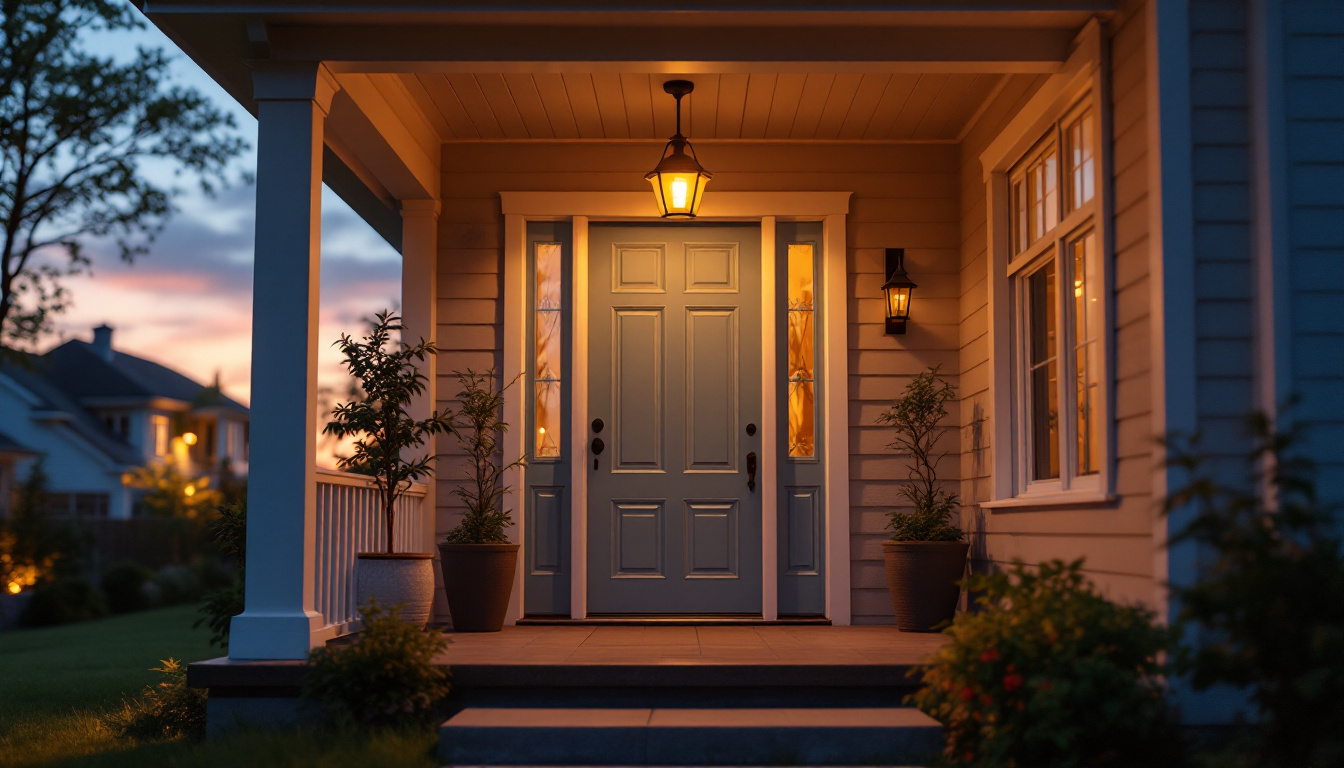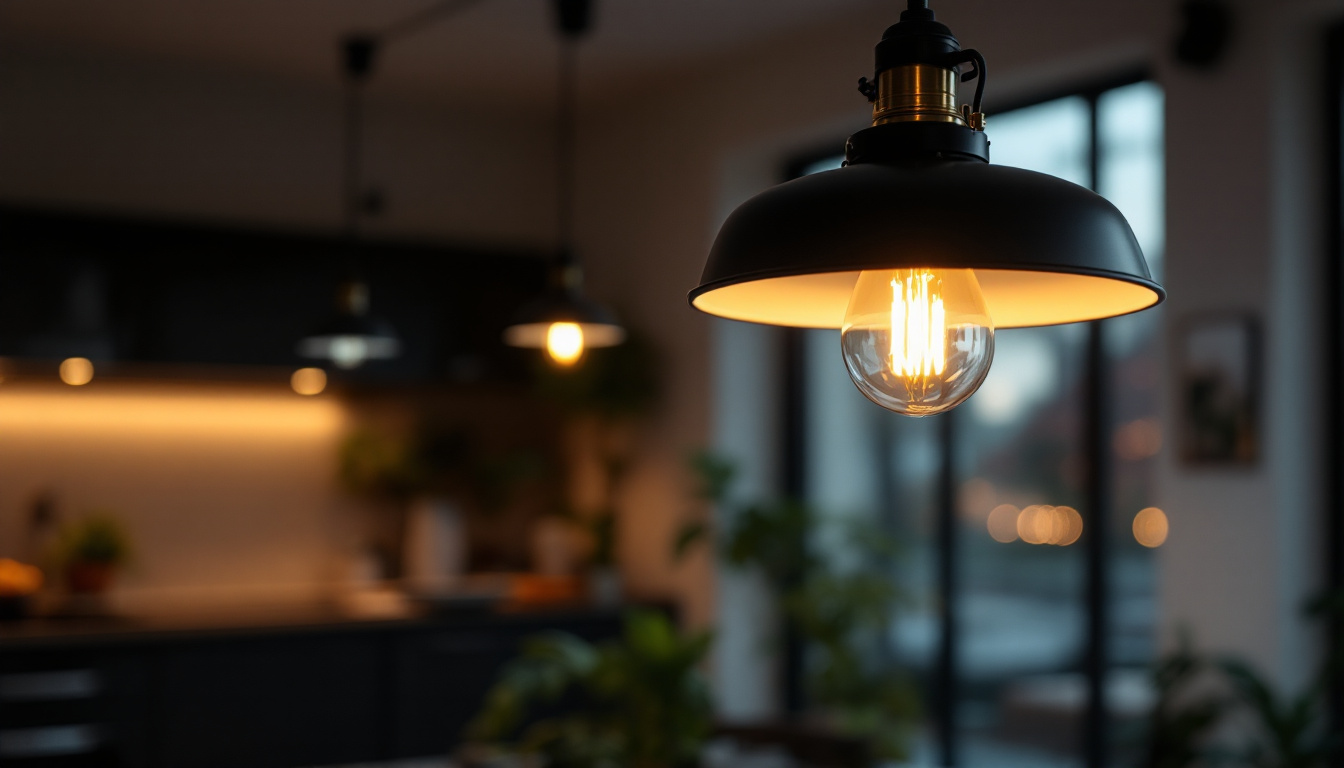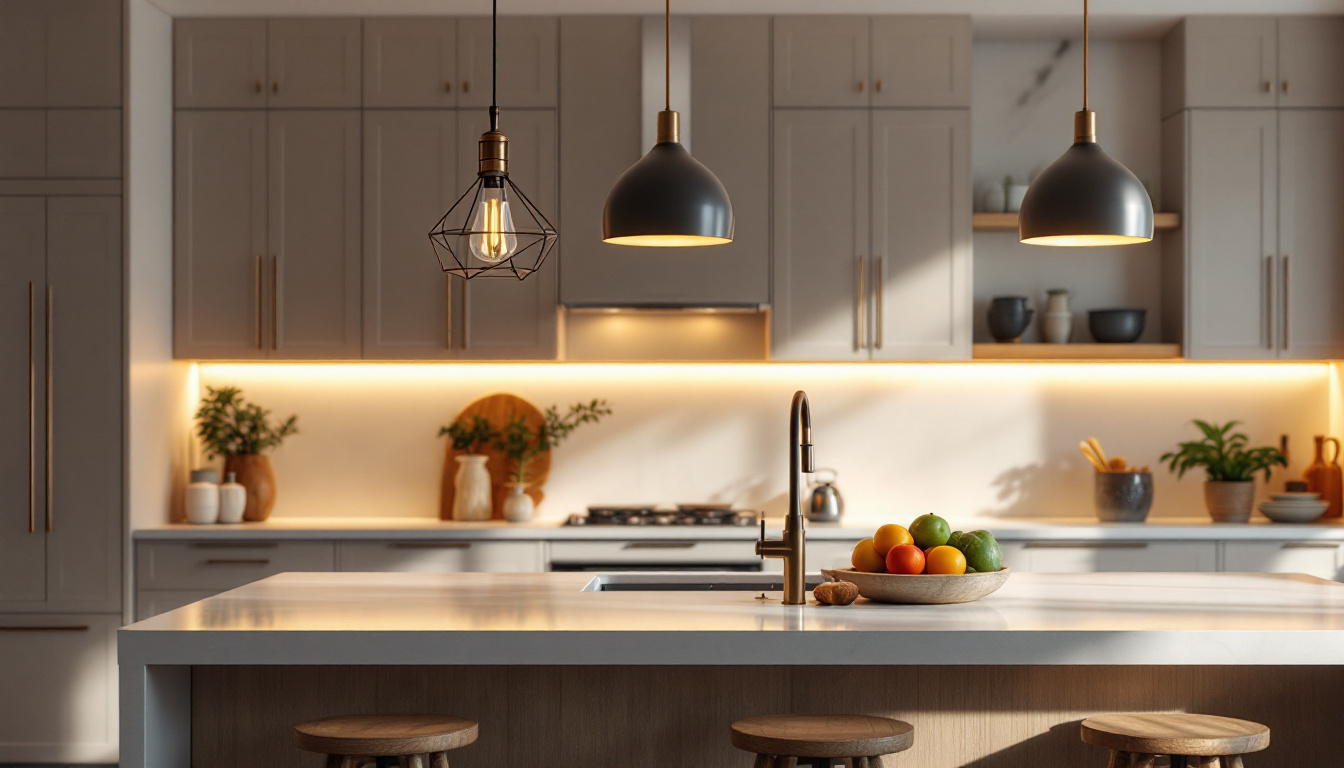

In the world of electrical installations, the details often make the difference between a successful project and a costly mistake. For lighting contractors, one of the most crucial yet often overlooked components is the electrical box cover. This article delves into the significance of electrical box covers, their types, installation tips, and how they can enhance the overall success of lighting projects.
Electrical box covers serve a vital purpose in any lighting installation. They not only protect the wiring and connections inside the electrical box but also contribute to the overall safety and aesthetic appeal of the installation. Understanding their importance is essential for lighting contractors aiming to deliver high-quality work.
Safety is paramount in any electrical work. Electrical box covers prevent accidental contact with live wires, reducing the risk of electrical shocks and short circuits. This is particularly important in residential and commercial settings where the safety of occupants is a priority. Using appropriate covers ensures compliance with electrical codes and regulations, which can help avoid legal issues and enhance the contractor’s reputation. Furthermore, many electrical box covers come equipped with features such as tamper-resistant screws and locking mechanisms, adding an additional layer of security against unauthorized access. This is especially crucial in public spaces or areas frequented by children, where the risk of tampering can lead to dangerous situations.
Beyond safety, the appearance of electrical box covers can significantly impact the overall look of a lighting installation. A well-chosen cover can blend seamlessly with the decor, while a poorly chosen one can detract from the visual appeal. Contractors should consider the style and finish of the covers to match the lighting fixtures and the surrounding environment, ensuring a cohesive design. Additionally, there are a variety of decorative options available, including covers that mimic the look of wood, stone, or metal finishes, allowing for creative expression in design. This attention to detail can elevate the perceived quality of the installation and leave a lasting impression on clients and visitors alike.
Electrical box covers come in various materials, including plastic, metal, and fiberglass. Each material has its own advantages and disadvantages in terms of durability and longevity. For instance, metal covers are often more robust and can withstand harsher conditions, making them suitable for outdoor installations. On the other hand, plastic covers are lightweight and resistant to corrosion, making them ideal for indoor use. Choosing the right material can enhance the lifespan of the installation and reduce maintenance costs. Additionally, some manufacturers offer UV-resistant coatings for outdoor covers, ensuring that they maintain their color and integrity even when exposed to the elements. This consideration is particularly important in regions with extreme weather conditions, where the durability of electrical components can be tested over time.
Understanding the different types of electrical box covers available is crucial for lighting contractors. Each type serves specific purposes and can be selected based on the project requirements.
Standard electrical box covers are the most commonly used type. They are designed to fit over standard electrical boxes, providing protection and a clean finish. These covers are available in various sizes and shapes, allowing contractors to choose the right fit for their specific application. They are typically made from plastic or metal, offering flexibility in terms of aesthetics and durability.
For outdoor lighting installations, weatherproof covers are essential. These covers are designed to withstand the elements, protecting the electrical components from moisture, dust, and debris. Weatherproof covers often feature gaskets and seals to ensure a tight fit, preventing water ingress. Using these covers is crucial for maintaining the integrity of outdoor lighting systems and ensuring they function effectively over time.
Decorative electrical box covers are an excellent choice for projects where aesthetics are a priority. These covers come in various designs, colors, and finishes, allowing contractors to enhance the visual appeal of their installations. Decorative covers can be particularly beneficial in residential settings, where homeowners are often concerned about the overall look of their lighting fixtures and associated components.
Proper installation of electrical box covers is essential for ensuring safety and functionality. Here are some key tips for lighting contractors to consider during the installation process.
Before installation, it is crucial to ensure that the electrical box cover is compatible with the box itself. Check the size, shape, and mounting options to confirm a proper fit. Using the wrong cover can lead to gaps that compromise safety and performance. Additionally, verify that the cover meets local electrical codes and standards.
Using the correct fasteners is vital for securing electrical box covers. Depending on the material of the cover and the electrical box, different types of screws or anchors may be required. Ensure that fasteners are of the appropriate length and type to provide a secure attachment without damaging the cover or the box. This attention to detail can prevent future issues and enhance the overall reliability of the installation.
For outdoor installations, sealing and insulating the edges of the electrical box cover is crucial. This step helps prevent moisture ingress, which can lead to corrosion and electrical failures. Use weatherproof gaskets or sealants to create a watertight seal, ensuring the longevity of the electrical components inside the box. Proper insulation also contributes to energy efficiency, reducing the risk of heat loss in certain applications.
To maximize success in lighting projects, contractors should adopt best practices when it comes to electrical box covers. These practices not only enhance the quality of the installation but also contribute to customer satisfaction and repeat business.
Educating clients about the importance of electrical box covers can set contractors apart from competitors. Providing information on the safety, aesthetic, and functional benefits of using high-quality covers can help clients make informed decisions. This education can also foster trust and confidence, leading to stronger client relationships.
Electrical codes and regulations are continually evolving. Staying updated on the latest standards is essential for lighting contractors to ensure compliance and avoid potential penalties. Regular training and participation in industry seminars can help contractors remain informed about changes that may affect their work, including those related to electrical box covers.
Choosing high-quality electrical box covers can significantly impact the success of lighting installations. Investing in reputable brands and materials ensures durability and reliability, reducing the likelihood of future issues. Additionally, high-quality products often come with warranties, providing peace of mind for both contractors and clients.
Even experienced lighting contractors can make mistakes when it comes to electrical box covers. Being aware of common pitfalls can help avoid costly errors and enhance the overall quality of installations.
One of the most common mistakes is neglecting to check local electrical codes before installation. Each jurisdiction may have specific requirements regarding electrical box covers, including materials, installation methods, and safety standards. Failing to adhere to these codes can result in fines and necessitate costly rework.
While safety and functionality are paramount, overlooking the aesthetic aspects of electrical box covers can detract from the overall appeal of a lighting installation. Contractors should take the time to consider how the covers will fit into the broader design scheme of the space. This attention to detail can enhance client satisfaction and contribute to a more polished final product.
In the fast-paced world of contracting, it can be tempting to rush through installations to meet deadlines. However, taking shortcuts during the installation of electrical box covers can lead to significant issues down the line. It is essential to allocate adequate time for proper installation, ensuring all components are securely fastened and compliant with safety standards.
The electrical industry is continually evolving, and so are the products used within it. Understanding future trends in electrical box covers can help lighting contractors stay ahead of the curve and provide cutting-edge solutions to their clients.
As smart home technology becomes increasingly popular, electrical box covers are also evolving to accommodate these advancements. Covers that integrate with smart home systems can offer enhanced functionality, such as remote monitoring and control. Lighting contractors should stay informed about these innovations to provide clients with the latest solutions that enhance convenience and energy efficiency.
With a growing emphasis on sustainability, the demand for eco-friendly materials in electrical box covers is on the rise. Contractors should consider sourcing covers made from recycled or environmentally friendly materials. This not only appeals to environmentally conscious clients but also contributes to a more sustainable construction industry.
Customization is becoming increasingly popular in various aspects of construction, including electrical box covers. Contractors can offer clients the option to choose colors, finishes, and designs that align with their personal style and preferences. Providing customizable solutions can enhance client satisfaction and differentiate contractors from competitors.
In conclusion, electrical box covers are a critical component of successful lighting installations. By understanding their importance, types, and installation best practices, lighting contractors can enhance the quality and safety of their work. Avoiding common mistakes and staying updated on industry trends will further contribute to their success. Investing in high-quality products and educating clients can lead to stronger relationships and repeat business. As the industry evolves, embracing new technologies and sustainable practices will position contractors for long-term success in a competitive market.
Ready to elevate your lighting installations with the highest quality electrical box covers? Look no further than LumenWholesale. Our spec-grade lighting products are designed to meet the rigorous demands of your projects, ensuring safety, durability, and aesthetic appeal. With unbeatable wholesale prices and the convenience of free shipping on bulk orders, you can trust that you’re getting the best value for your investment. Don’t compromise on quality or price. Visit LumenWholesale today and discover the ideal blend of top-tier products and hassle-free service for lighting contractors who demand excellence.

Discover expert insights and top resources from lighting contractors to master the art of front porch illumination.

Discover the transformative power of black industrial pendant lights in energy-efficient lighting.

Discover the key considerations and expert tips for lighting contractors when selecting the perfect lights for kitchen islands.

Discover why opting for local distributors might not be the best choice when purchasing commercial sign lights in bulk.
Get notified when NEW deals are released.
Optimize your budget with wholesale discounts.
Only top-quality, specification-grade lighting products.
No additional costs at checkout - what you see is what you pay.
We understand the unique needs of contractors.